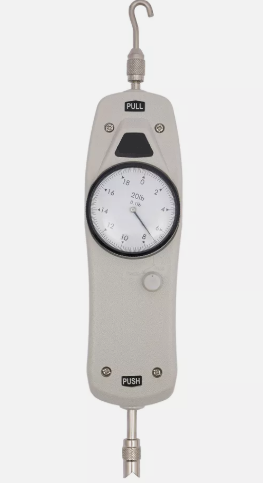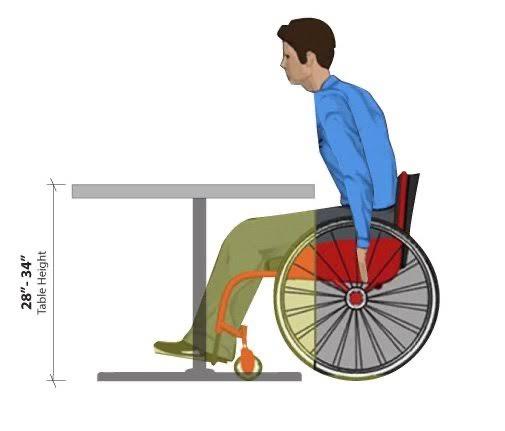
ADA knee clearance is essential in every facility, business place or outdoor spaces. Knee clearance is simply the space wide enough for the knee when approaching an element. The space under any element should be at least nine inches and may even extend up to twenty-seven inches. It must be wide enough to allow an individual in wheelchair approach an element without any obstruction.
This article will discuss further how to measure ADA knee clearance and toe clearance. Continue reading to learn more:

When building a workspace for persons with disabilities, there rules and guidelines that must be followed. The minimum ada knee clearance is twenty-five inches and the maximum is thirty inches.
However, the guideline for toe clearance are different and must be met where required. The general rule for the clearance should be minimum of nine inches below the floor and the space should extend to at least nine inches below the floor. And in a situation where the element is not more than twenty-five or nine inches above the floor, the knee must be high enough at at minimum of twenty-five inches.
According to the ADA requirements, a sink should have a clearance between the knee and the toe, also, regarding the depth of the sink, it must be low enough to allow knee and toe clearance.
The ADA requires a clearance of at least twenty-five inches between the front edge of the lavatory and the wall. This makes up a total of thirty-five inches clearance. This ADA requirement must be met to ensure safety for the poeple using the bathroom.
There are suggestions for accessible design in the ada complianve directory. The ada requirements are important for your projects. If the ada compliance requires that the sink must be at a certain height, it is important to see to it that it’s so. For instance, sinks must be at at least a minimum of thirty five inches from the floor and must have a minimum knee clearance of twenty-five inches.
However, the clearance must be at a minimum of eight inches above the finish floor. The ADA requirements are not restricted to some type of buildings, they’re applicable to all buildings to ensure the accessibility of the building.

The ADA guidelines are essential to make an office compliant, it’s also important to meet the ADA knee clearance requirements in private offices. Following ada guidelines by having the right ada height can reduce the chances of accidents. According to the ADA laws, a sink should be installed at least thirty-inches above the floor, if this rule is not followed, it will restrict access to people with disabilities or in wheelchairs.
Measuring ADA knee clearance isn’t difficult if you stick to the ada guidelines and requirements for ada knee clearance. However, professionalism is required to avoid errors. An experienced ada contractor possess the skill to install elements in your building that ensures knee and toe clearance. At All Things Inspector, we provide efficient services in ensuring your building or facility is ada compliant.
Contact us today to learn more about our services!



Measuring door pressure is acting in compliance with building regulations, like the Americans with Disabilities Act (ADA). It’s an important step in ensuring accessibility, safety

When talking about building safety, the first things that come to mind are fire alarms, emergency exits and security systems. Meanwhile, the one tool that